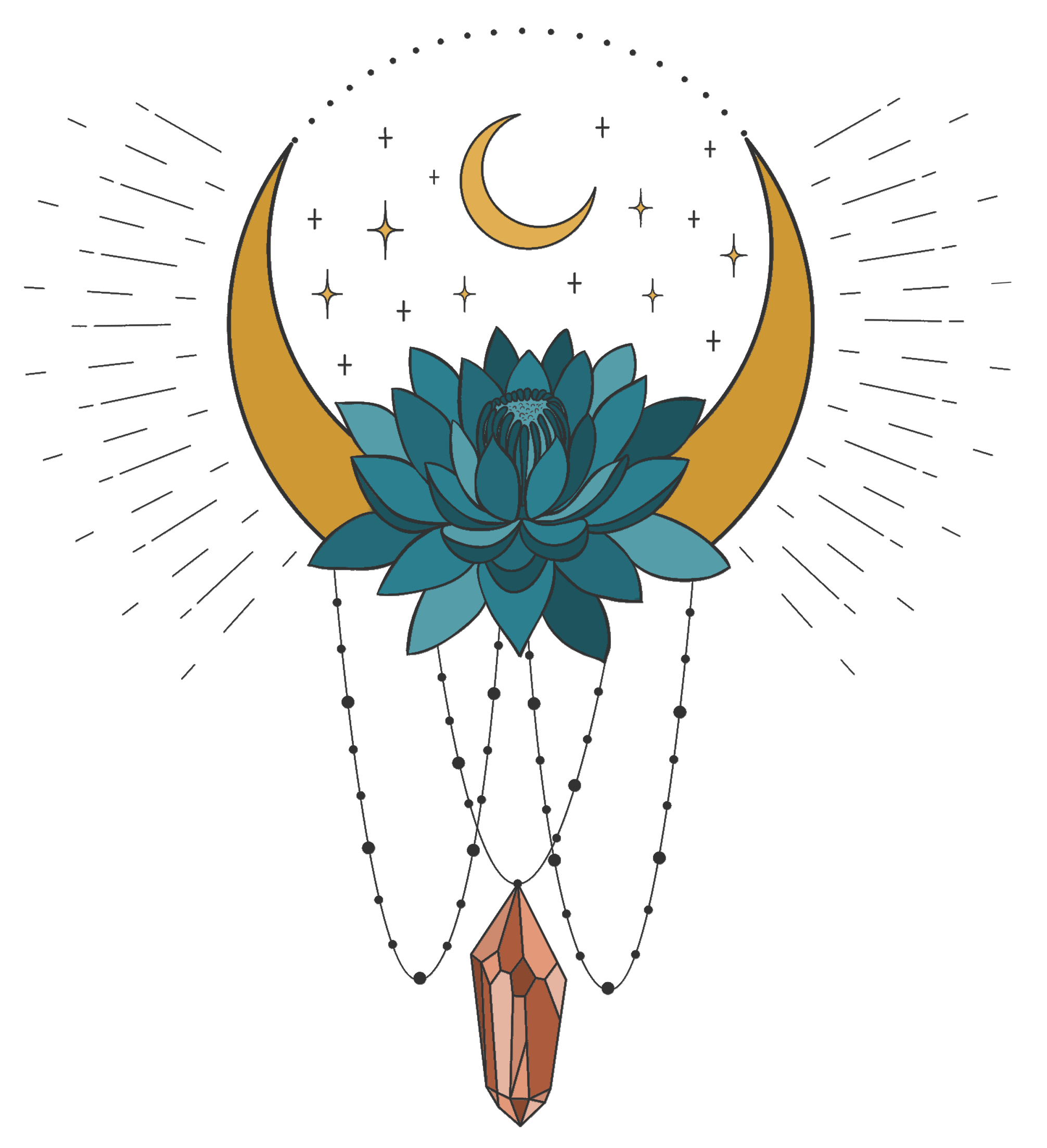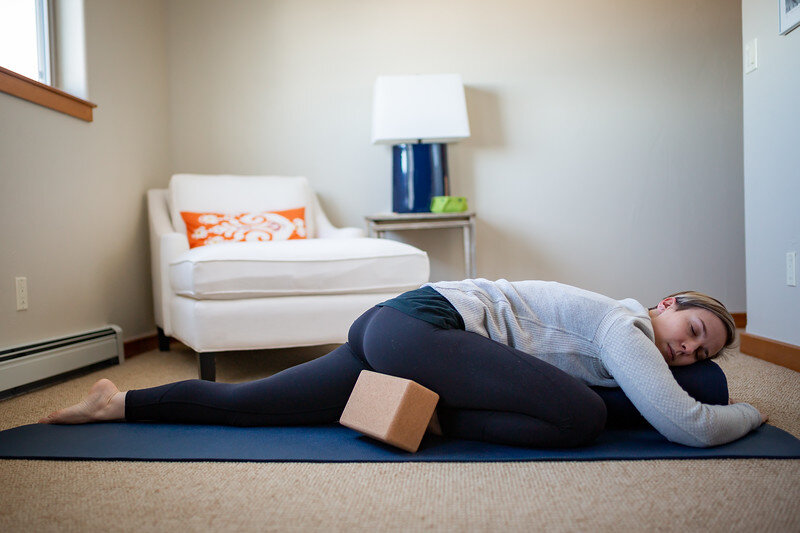If anyone has been wondering, "Where the heck is Blue Lotus lately?", I'll tell you.
I've been busy getting my world rocked by yoga training.
My yogi tribe and I are about halfway through with our 9 month yoga teacher training program, and thus far it has been a wild ride. As much as I am incredibly grateful for the ongoing transformation I am experiencing with this journey, I would be lying if I wasn't feeling some growing pains.
The training program I am in with focuses on personal growth for the first half of the training, which back when I was signing up for the course, I was insanely pumped for.
Yes! Personal growth! Transformation of self on a physical, emotional, and spiritual level! And homework everyday to keep me on track! This is going to make me the best yoga teacher ever! I am so in!
So as training began, not surprisingly, my outlook on life began to change. I began to see relationships, opportunities, events, and even myself all in different lights. Transformation was happening! This is what I signed up for! And what did I do?
(Hint: The answer is not "I became the enlightened yogini goddess now gleaming before you. Here, let me effortlessly transition into Scorpion pose while I recite the Yoga Sutras of Patanjali by heart.")
The truth is, I freaked the hell out.
As soon as I started to actually feel change, pushing me into a space and person I was not yet familiar with, I immediately pushed it all away. My personal asana practice went down to the bare minimum. I procrastinated on assignments. I ditched the readings of sutras for hardcore Netflix marathons. Meditation practice was practically non-existent. My day to day life felt increasingly hard, and I felt like I was spiraling. I began questioning everything, and not in a positive way. My physical health reverted to catching every illness sweeping its way through town, and I even missed the third month of training due to the flu. I somehow managed to get together things in time for the fourth module, but I walked in feeling confused, stressed, and a bit like a fraud.
That weekend, however, my spark was reignited. As soon as I settled onto my mat, surrounded by my peers, I started remembering why I was doing this in the first place. My passion for asana practice. My devotion to meditation. My unquenchable desire to absorb as much information as I can get my hands on. We explored new sequences, suggestions for asana support, tantric philosophy, arm balances. I emerged refreshed, and ready to get back to it!
So naturally, I went home, and immediately went back into my old, unhealthy routines. Brilliant, I know.
Until fate intervened a couple days later, in the form of a gigantic, week-long migraine-of-death. Now, this was no ordinary headache. This was a "hide in the bathroom where there are no windows to let light in, constantly wearing earplugs and an eye mask, no appetite, can't think straight, for days on end" type of ordeal. Super fun! In the days following, while I was learning that multi-day migraine hangovers are apparently a thing (who knew?), I came to the realization that this migraine was not a coincidence, and was trying to tell me something.
This migraine forced an immediate stop to what I was doing (i.e. settling back into my poor routine), along with triggering what can only be described as a cathartic release of sadness, anxiety, and stress. I walked away from the whole ordeal a bit shaken, but with eyes open. Life was going to keep happening, change was going to come whether I embraced it or not, and the biggest thing I have control over is my perspective.
I slowly found myself turning towards better habits. Rolling out my yoga mat more, and staying on it for longer. Actually using my meditation timer app. Cutting down on screen time. Limiting social media scrolling. Decreasing sugar and other non-nourishing food from my diet. Staying more up to date with assignments. Definitely slow, but steady, improvement. Although I wouldn't go as far as saying I have finally "figured it all out", I have noticed some big differences by learning to let go of what does not serve me.
Our latest training weekend, where we dove into the chakras, was incredibly fun and inspiring! Plus, I felt incredibly reassured as I realized the rest of the group was experiencing their own versions of these growing pains as well! I felt anxiety rear its ugly head once or twice, but I chose to step back and take the role of the observer, acknowledging it, but not being controlled by it, until it eventually calmed down. This training is not only shaping me into a yoga teacher, but also reminding me of the tools I always have at my disposal to handle life's ups and downs.
We head into our next module in just a few days, and although I still have a little bit to catch up on (my procrastination habits may always be a work in progress), I feel a little bit more confident that I don't have to be the "always level-headed, go-with-the-flow yogi goddess" to be a successful yoga teacher, or person in general. I can still be my awkward self, experiencing struggles and triumphs, learning all along the way.















